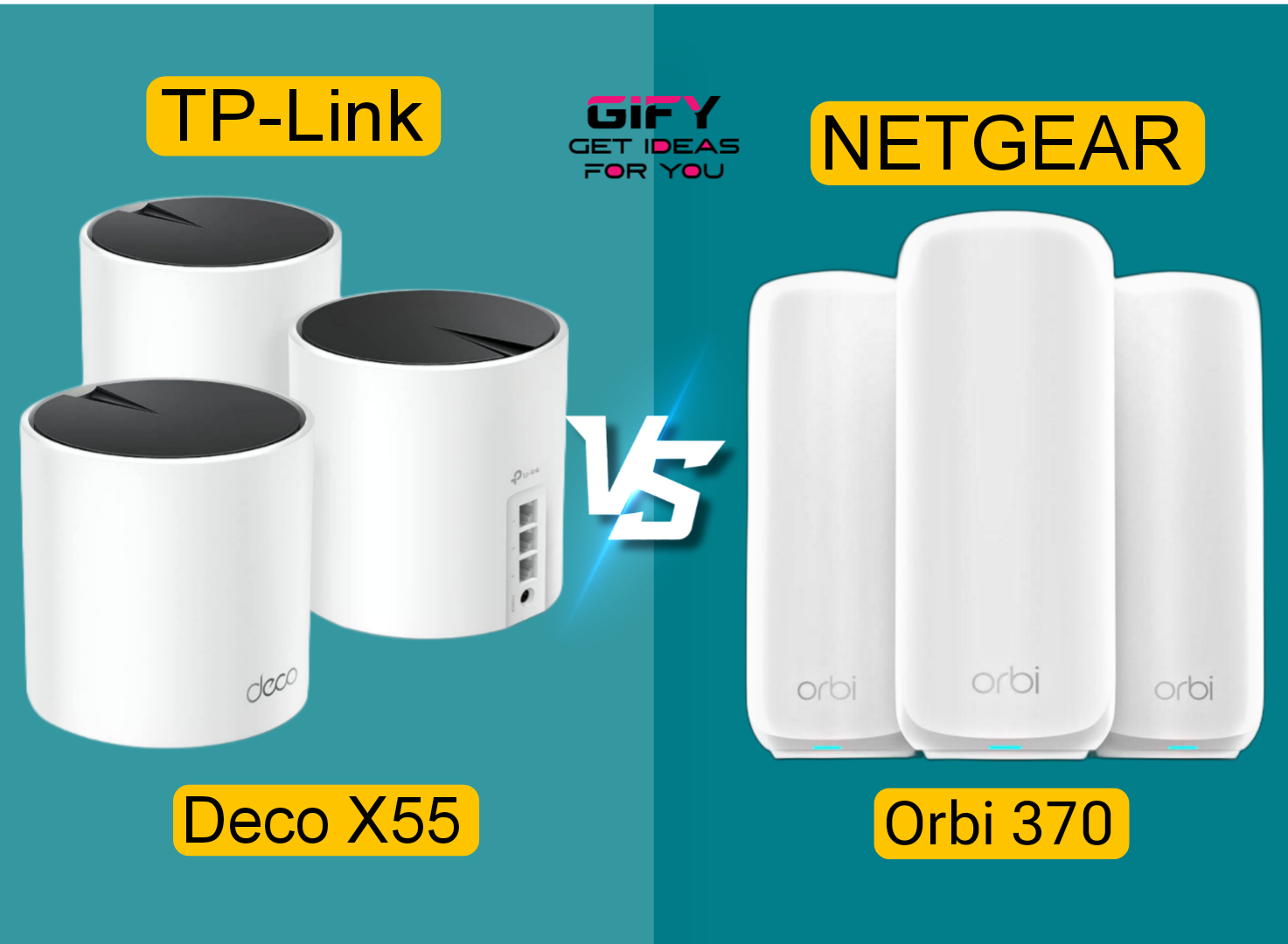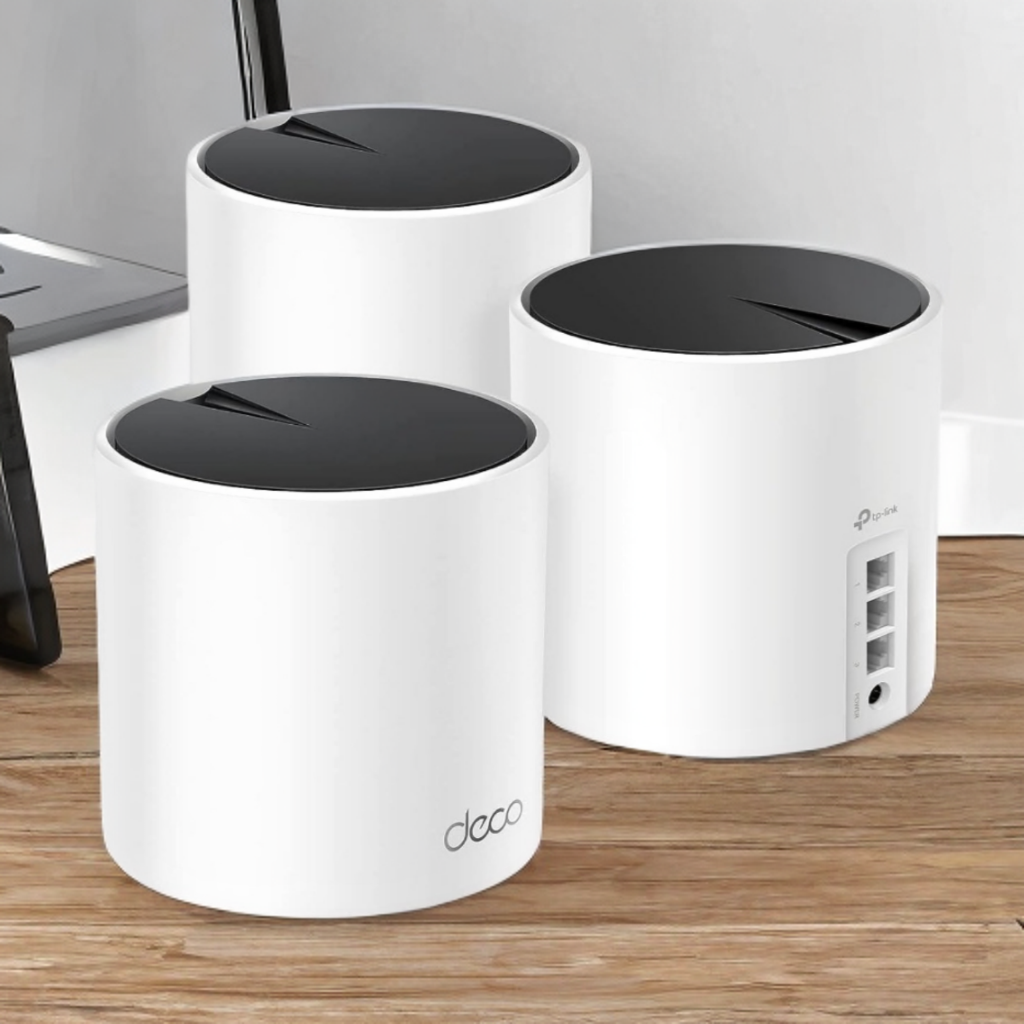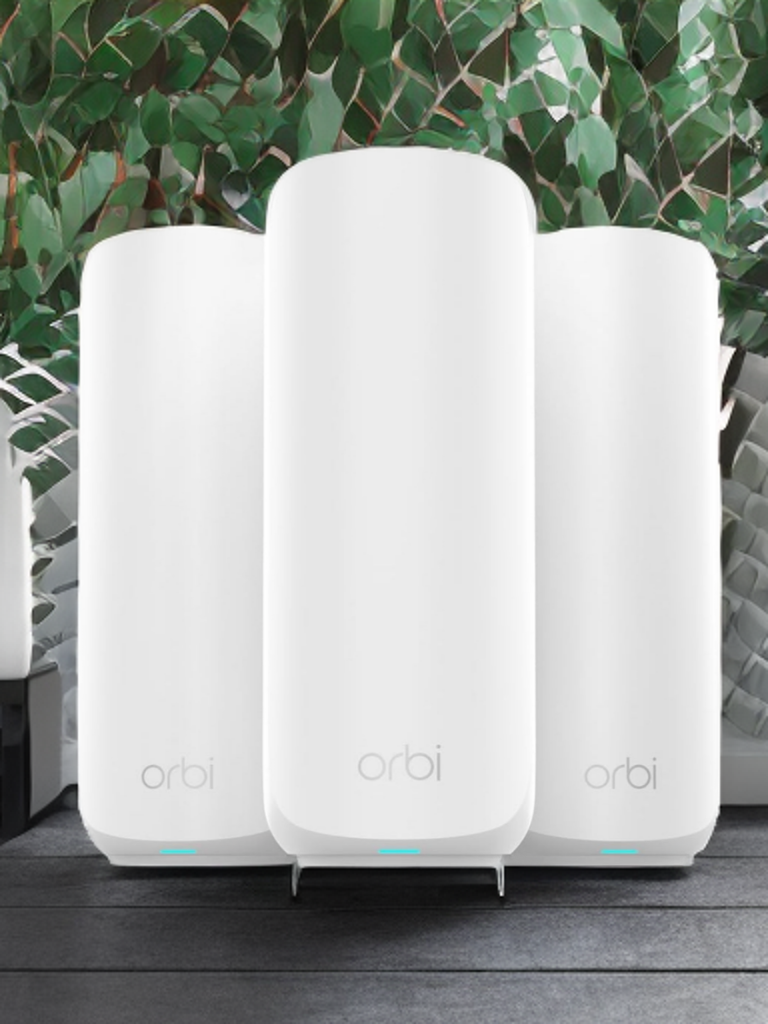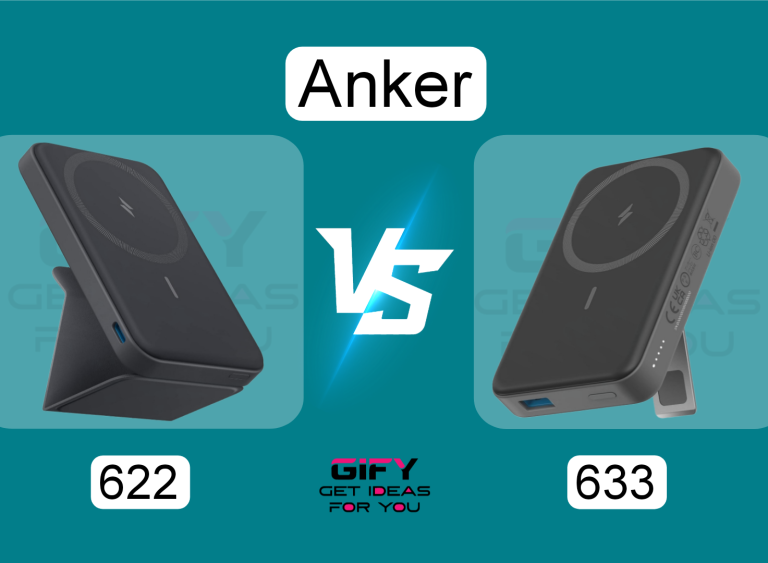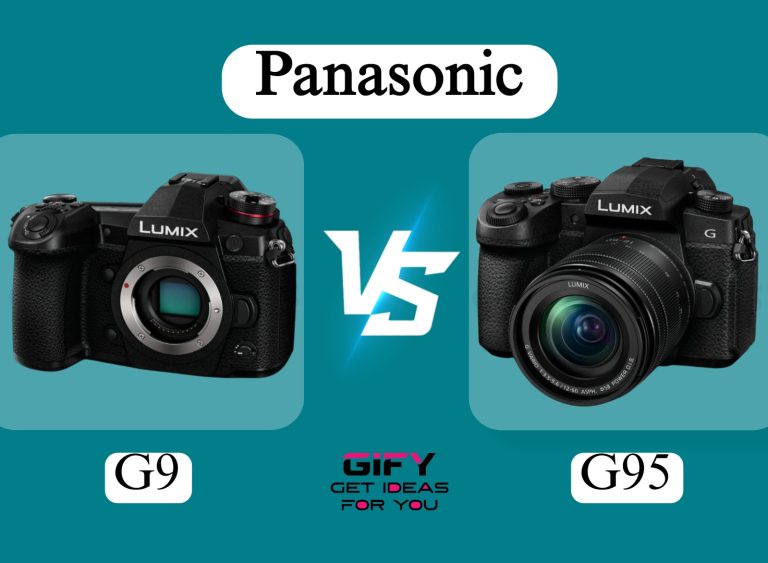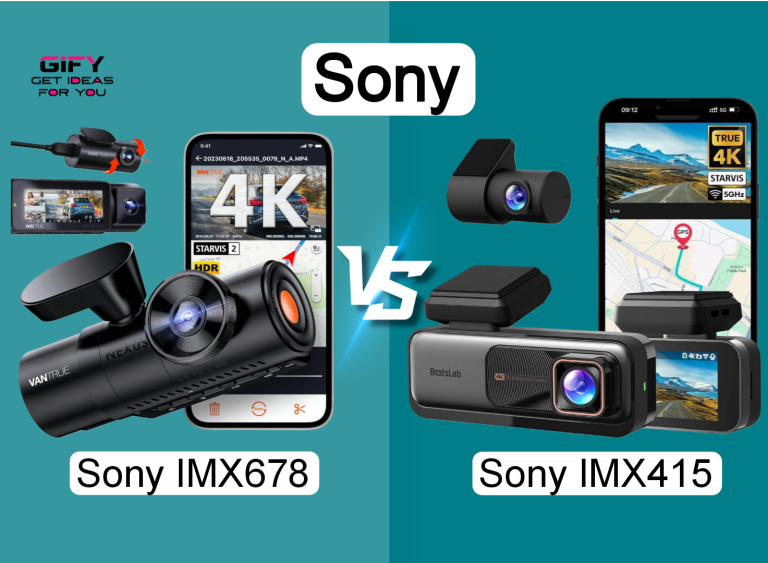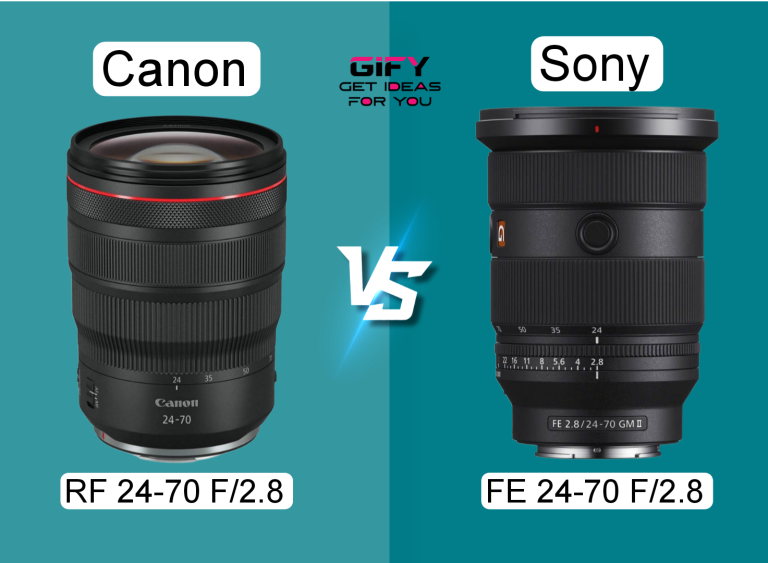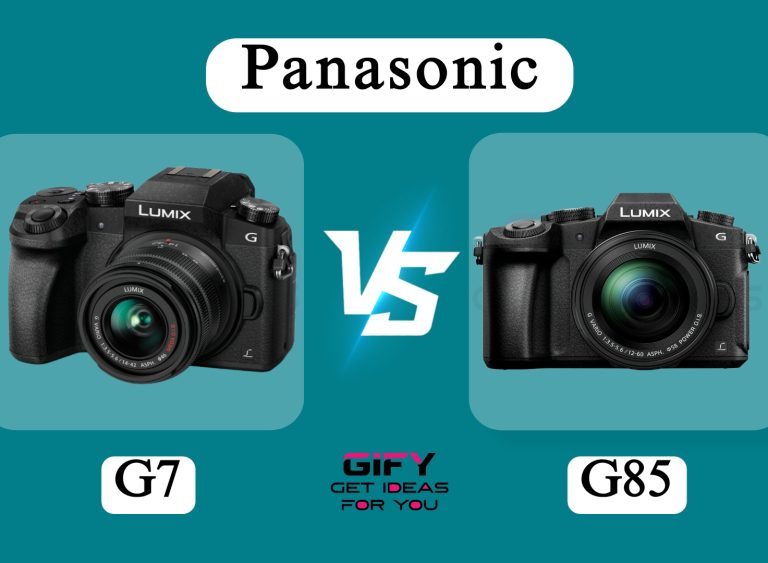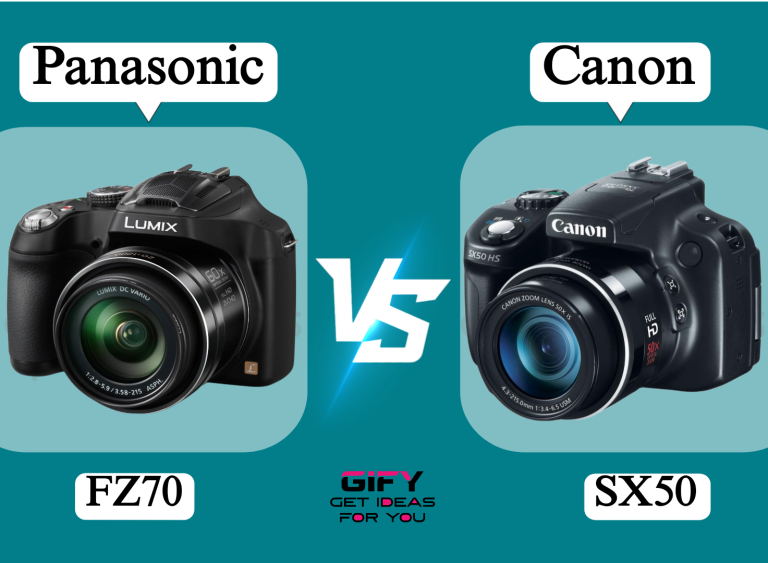TP Link vs Netgear is one of the most common comparisons for anyone upgrading their home Wi-Fi system. Both brands have earned solid reputations for fast speeds, stable connections, and strong coverage.
Still, choosing between them can feel confusing since each offers different technologies, features, and designs. This detailed comparison will help you understand how tp link and netgear differ in performance, coverage, and value.
Wi-Fi has become a must-have for every home, especially with the increasing number of connected devices. From streaming 4K videos to online gaming, having a reliable connection makes all the difference.
tp link and netgear both offer mesh systems that promise to eliminate dead zones and deliver consistent connectivity throughout your home.
In this article, you’ll learn how each brand performs in real-world use. We’ll look closely at their key strengths, drawbacks, and special features. You’ll also find which one provides better speed, coverage, and smart home integration. The goal is to help you decide which mesh Wi-Fi system truly fits your home network needs.
Let’s break down everything you need to know about tp link vs netgear to make a confident, well-informed decision for your next Wi-Fi upgrade.
TP Link – Wireless Router and Extender, 3 Gigabit Ports per Unit
The TP Link Deco X55 represents the next generation of Wi-Fi 6 mesh networking. Designed for medium to large homes, it delivers faster speed, stronger coverage,
and better reliability than traditional routers. Whether you’re streaming, gaming, or video conferencing, this system aims to keep every corner of your house connected.
Detailed Overview
The Deco X55 is a Wi-Fi 6 AX3000 system that uses next-gen dual-band technology. It delivers up to 2402 Mbps on the 5GHz band and 574 Mbps on the 2.4GHz band,
combining for a total of nearly 3Gbps. That’s more than enough for most modern homes, giving you lag-free streaming and gaming performance.
Coverage is impressive—up to 6500 square feet with the 3-pack system. It eliminates weak spots by forming a seamless mesh that connects all nodes together.
Unlike old extenders, there’s no need to manually switch networks when moving from room to room. The Deco X55 intelligently manages the best possible signal for each device.
Security is a key highlight. TP Link has partnered with the U.S. Cybersecurity and Infrastructure Security Agency (CISA) to ensure their devices are designed with safety in mind.
The router includes HomeShield, TP Link’s built-in protection service that adds parental controls, network monitoring, and QoS management at no additional cost.
Each Deco unit includes three Gigabit Ethernet ports, giving you flexibility to connect wired devices such as PCs,
smart TVs, or game consoles. It also supports Ethernet backhaul for even faster and more stable connections between units.
The AI-driven mesh system automatically learns your network environment to optimize performance. The Deco app makes setup simple, with easy visual guidance that walks you through each step. You can even manage your home Wi-Fi remotely.
What Is Good
✅ Exceptional coverage up to 6500 sq. ft.
✅ Supports Wi-Fi 6 with fast AX3000 speeds.
✅ Connects up to 150 devices with strong performance.
✅ Excellent security through HomeShield and CISA standards.
✅ Simple setup via the Deco app.
✅ Includes multiple Ethernet ports for wired connections.
✅ Works with all major ISPs, including Comcast, Verizon, and AT&T.
What Is Bad
❌ Lacks Wi-Fi 6E support, which limits future-proofing.
❌ Doesn’t include advanced gaming or VPN controls.
❌ HomeShield premium features may require a subscription for full access.
❌ No USB port for network storage or printer sharing.
Overall Verdict
The TP Link Deco X55 offers impressive value for anyone seeking an affordable, high-performance mesh Wi-Fi system. Its combination of speed, coverage, and security makes it an excellent choice for most households.
The setup process is beginner-friendly, and the network stability is consistent. For large homes or users with many devices, TP Link stands out as a reliable and budget-conscious solution that doesn’t compromise on performance.
Netgear – Wireless Router + 2 Extenders, Security Features, 5 Gbps
The Netgear Orbi 370 Series takes Wi-Fi performance to the next level with Wi-Fi 7 technology. Built for modern homes packed with connected devices, it ensures that every member
of the family enjoys smooth streaming, gaming, and browsing—without drops or lags. Netgear’s Orbi line has long been a leader in mesh Wi-Fi, and the 370 Series continues that reputation.
Detailed Overview
The Orbi 370 Series supports Wi-Fi 7, delivering speeds up to 5Gbps. That’s around 1.7 times faster than Wi-Fi 6 systems like the Deco X55.
Its advanced dual-band technology with enhanced backhaul ensures consistent speeds even when multiple devices are streaming, gaming, or working online at once.
Coverage remains one of Orbi’s strongest advantages. Its upgraded antenna design provides 360° coverage throughout your home, ensuring every room gets reliable Wi-Fi. Whether your home is multi-level or open-plan, Orbi’s mesh keeps everything connected seamlessly.
Netgear Armor comes preloaded, offering advanced protection against malware, hackers, and identity theft. You get a 30-day trial, after which you can choose to continue for full coverage. Automatic firmware updates also help keep your network secure without requiring manual attention.
Each Orbi unit includes a 2.5 Gig internet port for ultra-fast fiber or cable plans. It supports both 2.5G wired connection and wired backhaul, giving you flexibility and the best possible speeds. The Orbi app allows for simple setup, parental control access, and performance monitoring right from your smartphone.
Visually, the Orbi 370 has a modern, elegant design that fits naturally in any home decor. It’s both a performance powerhouse and an aesthetic upgrade to your living space.
What Is Good
✅ Supports latest Wi-Fi 7 technology for top-tier performance.
✅ Speeds up to 5 Gbps – ideal for gaming, streaming, and large households.
✅ 360° full-home coverage with high-performance antennas.
✅ Includes 2.5 Gig port for ultra-fast internet plans.
✅ Advanced security with Netgear Armor.
✅ Easy management with the Orbi mobile app.
✅ Sleek, modern design that fits any interior.
What Is Bad
❌ Premium pricing compared to Wi-Fi 6 systems.
❌ Some advanced Armor features require subscription renewal.
❌ Large physical size may not suit every space.
❌ Overkill for smaller homes or low-speed internet plans.
Overall Verdict
The Netgear Orbi 370 Series is perfect for tech enthusiasts and families with demanding internet needs. With Wi-Fi 7 speeds and enhanced backhaul, it offers cutting-edge performance that future-proofs your home.
It’s more expensive than most competitors, but its combination of speed, design, and security justifies the price for users seeking the best possible connection today and for years to come.
Common Features
Both tp link and netgear mesh systems come loaded with powerful features designed to improve connectivity, coverage, and security. Here’s a closer look at what they share in common:
- Wi-Fi Technology: Both brands support the latest Wi-Fi standards, ensuring faster speeds and lower latency compared to older routers.
- Bands: Each system uses a dual-band setup that balances device load efficiently while keeping performance stable across all rooms.
- Max Combined Speed: Both can handle gigabit-level connections, making them suitable for streaming, gaming, and 4K content.
- Coverage: Each offers whole-home Wi-Fi coverage to eliminate dead zones. Their mesh systems intelligently connect devices for seamless transitions between rooms.
- Backhaul: Both support wired and wireless backhaul options, allowing for flexible network setups and higher stability.
- Ports per Unit: Each model includes multiple Ethernet ports to connect wired devices like PCs, gaming consoles, or smart TVs.
- Key Features: Both feature dedicated apps for setup and control, parental management tools, and automatic firmware updates for enhanced security.
In summary, both tp link and netgear share a strong commitment to performance and safety. They each provide reliable mesh coverage, strong data throughput,
and user-friendly mobile apps. The main difference lies in the generation of Wi-Fi technology they use—Wi-Fi 6 for tp link and Wi-Fi 7 for netgear—which directly impacts price and speed potential.
FAQs About TP Link vs Netgear
1. Which is faster, tp link or netgear?
Netgear’s latest models like the Orbi 370 offer Wi-Fi 7 speeds up to 5Gbps, making them faster than tp link’s Wi-Fi 6 systems such as the Deco X55.
2. Does tp link have better coverage than netgear?
Both provide strong whole-home coverage. tp link’s Deco X55 covers up to 6500 sq. ft., while netgear’s Orbi 370 uses improved antennas for 360° coverage in similar-sized spaces.
3. Which is easier to set up?
Both offer easy setup through their mobile apps. The Deco app and Orbi app guide you step by step and allow remote management.
4. Are both brands secure?
Yes, both provide excellent security. tp link uses HomeShield protection, while netgear includes Netgear Armor with advanced online safety tools.
5. Which should I buy in 2025?
If you want top speed and future-proof Wi-Fi, go with netgear. If you prefer affordability and reliable performance, tp link is an excellent choice.
Conclusion
Choosing between tp link vs netgear depends on your specific needs and budget. Both brands deliver dependable performance, strong coverage, and advanced features for modern homes. The difference mainly lies in the Wi-Fi generation and price point.
tp link provides an affordable, well-balanced Wi-Fi 6 mesh system perfect for families and medium-sized homes. It focuses on reliability, security, and ease of use, making it a smart choice for most users.
netgear, on the other hand, takes performance to new heights with Wi-Fi 7. It’s designed for power users who need blazing speeds, advanced features,
and a network ready for future demands. Either way, both systems guarantee smooth streaming, lag-free gaming, and stable internet for every corner of memberome.

